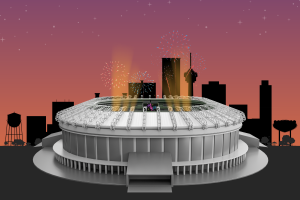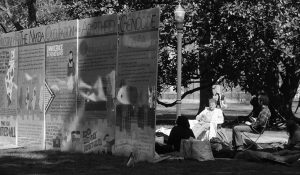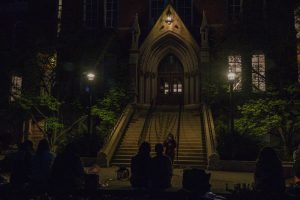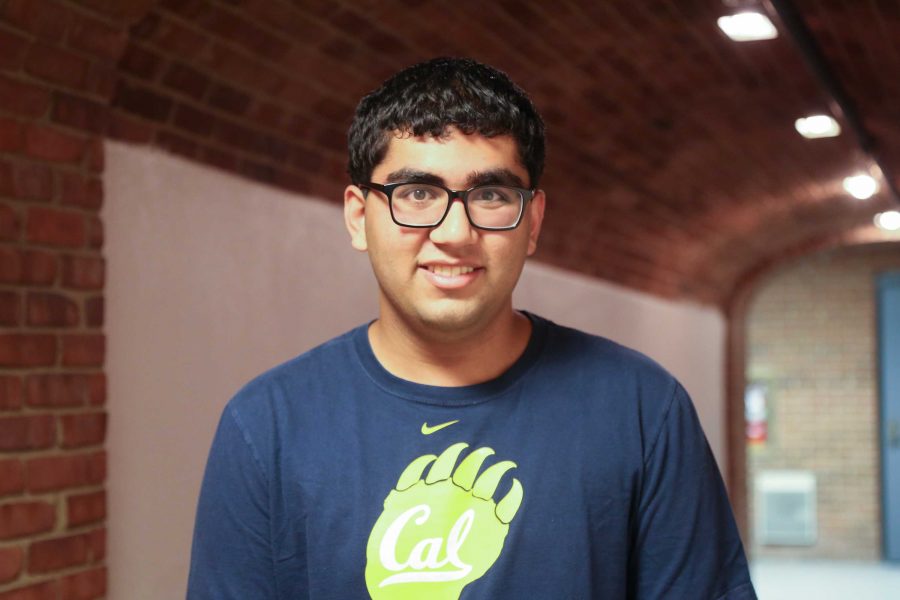Of all the hazards to human space travel, space radiation is perhaps the most formidable, yet it is rarely addressed in conversation by those unfamiliar with it. Without the protection of the Earth’s magnetic field, living things are fully exposed to radiation from the cosmos. And even within that magnetic field, radiation can be a threat. For instance, the natural radiation levels of the International Space Station, which lies within the boundaries magnetic field, are still ten times higher than they are at Earth’s surface.
So what is this radiation, and where does it come from? Much of it consists of particles that are naturally spat out by events in the Sun’s atmosphere, which at Earth’s orbit have enough energy to travel at supersonic speeds. This is known as the solar wind. The solar wind is generally blocked by Earth’s magnetic field, but some of the radiation gets trapped and suspended in regions within the field. These regions are called Van Allen belts, named for James Van Allen, the scientist who discovered them in the 1950s. In addition to the solar wind itself, the Van Allen belts are a threat.
In fact, to things closely orbiting Earth, the Van Allen belts are the most immediate threat. Humans and other living things that pass through them are, as one might expect, vulnerable. Living things must be surrounded by shielding strong enough that the radiation’s component particles are blocked. Electronics are also vulnerable to Van Allen radiation, and also require proper protection; this is especially important as there are far more unmanned satellites currently passing through the Van Allen belts than there are humans. Some electronic equipment, such as the sensors of the Hubble Space Telescope, are even turned off completely while they pass through the belts.
Other radiation comes from beyond the solar system. These include what are called galactic cosmic rays (GCRs), highly energetic radiation that isn’t able to be stopped, even by most shielding. As if this isn’t threatening enough, GCRs, with their high energy, often interact with other matter. These interactions can cascade into chain reactions that generate further radiation, making the threat even worse.
This all sounds daunting, but because of how large an obstacle radiation is to human spaceflight beyond Earth’s magnetic field, protecting against radiation is a very active area of research and planning. After all, radiation shouldn’t stop humans from travelling in space to reach Mars, or elsewhere. Better shielding is a large part of it, but shielding alone cannot protect against all radiation, such as the aforementioned GCRs. Medical countermeasures that more directly protect the body from radiation’s effects are also being investigated. Also, another way to reduce radiation exposure is to reduce the time one spends in space, which ties into making faster spacecraft.
Space travel aside, the takeaway from all this is should be that, without Earth’s magnetic field – something we don’t think about and something many of us hardly know exists at all – almost certainly none of us would be here.











